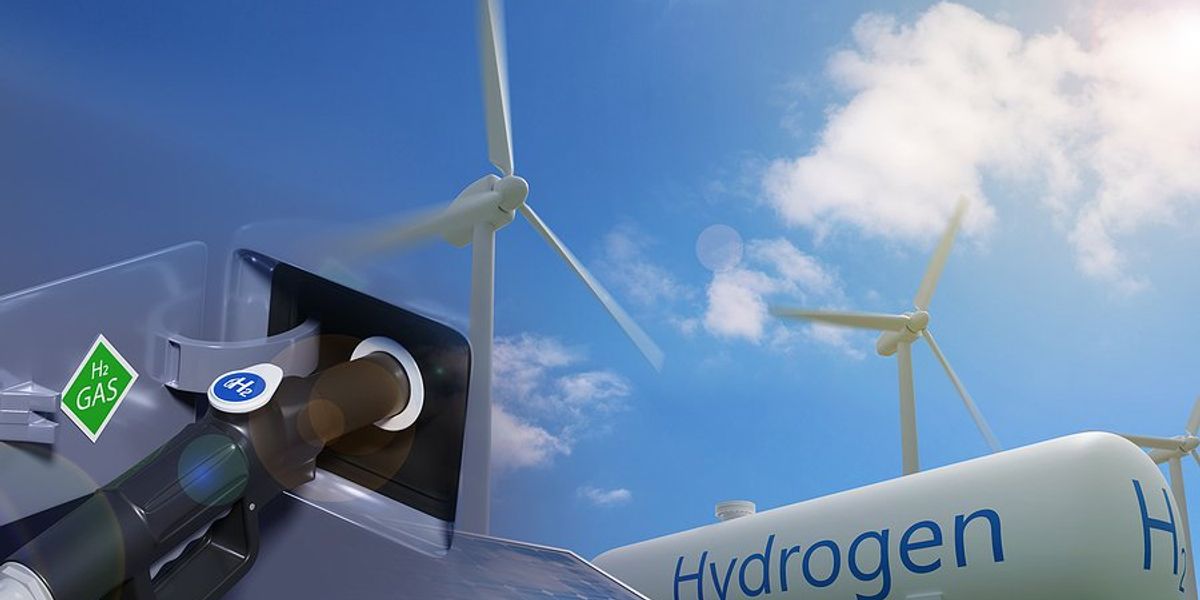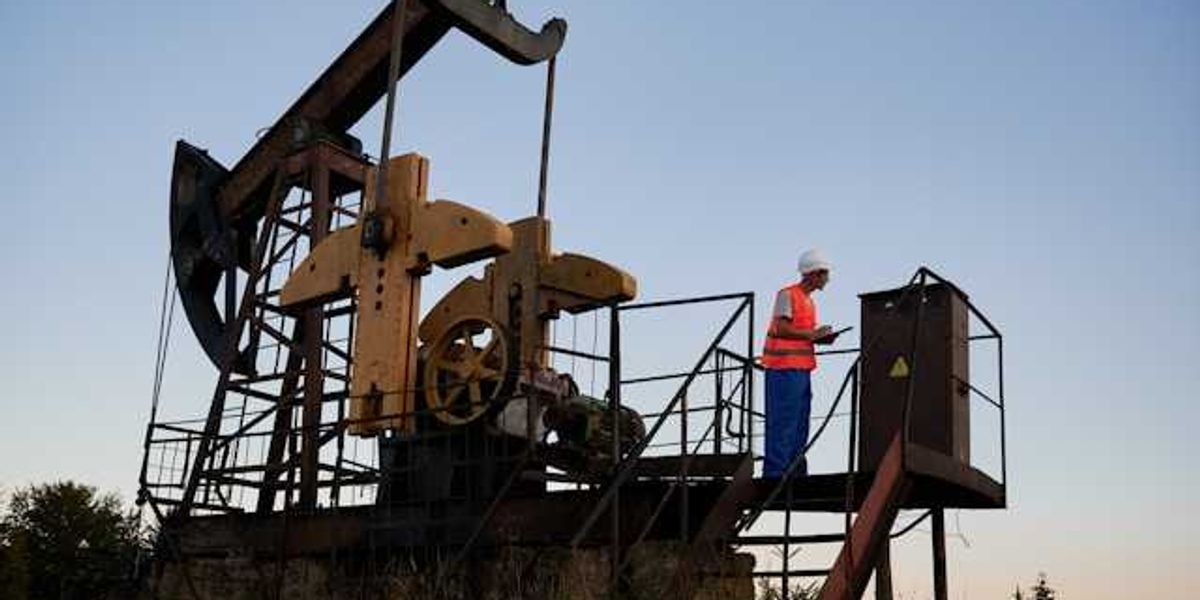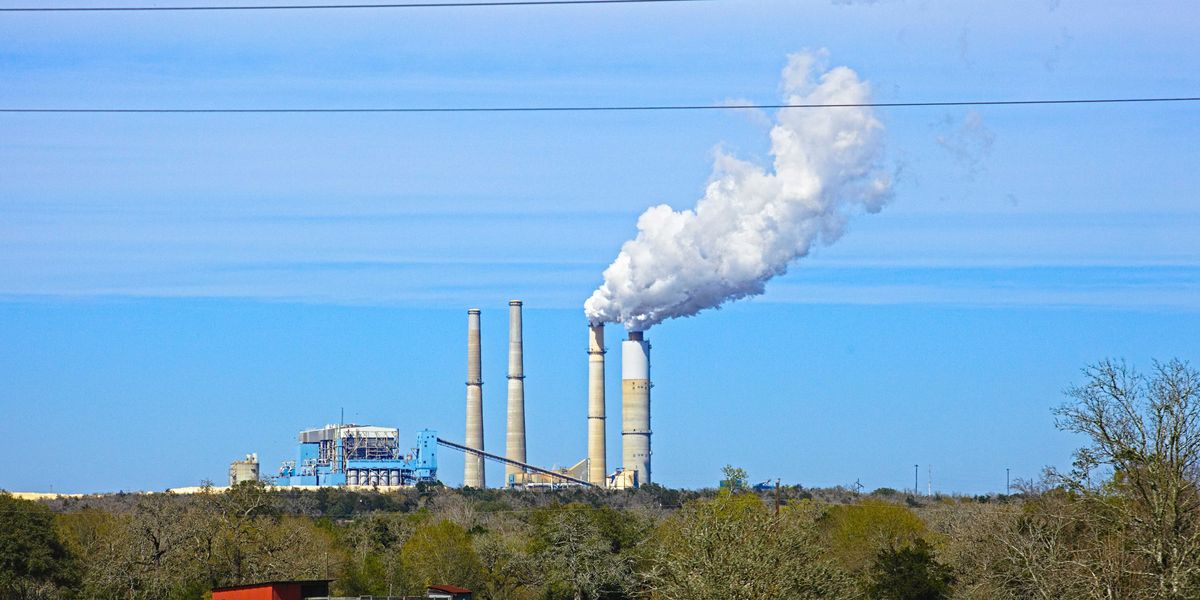
Clean hydrogen faces economic and political roadblocks in the U.S.
The Biden-era clean hydrogen boom is stalling as rising energy costs, tighter tax credit deadlines, and policy shifts under President Trump make many U.S. projects financially unworkable.
Rebecca F. Elliott reports for The New York Times.
In short:
- A shortened construction deadline to qualify for a key hydrogen tax credit has led to cancellations of major projects, with three-quarters now unlikely to qualify.
- Energy demand is surging, driven by electric vehicles, heat pumps, and artificial intelligence, making it harder and more costly to allocate electricity for green hydrogen production.
- Natural gas-based hydrogen with carbon capture may fare better, boosted by more flexible tax incentives and the Trump administration's push for fossil fuel expansion.
Key quote:
“The lack of certainty and a step back in green ambition has stopped the emerging green energy markets, making it hard for previously feasible projects to proceed.”
— Agustin Pichot, chief executive of growth and energy, Fortescue
Why this matters:
Clean hydrogen was expected to help slash emissions in heavy industry, long-haul transport, and power storage — sectors where electrification alone may not suffice. But its production demands huge amounts of energy, which is increasingly scarce and expensive. At the same time, the U.S. is seeing a policy pivot back toward fossil fuels, narrowing the window for green innovation. Hydrogen made from natural gas still emits carbon unless paired with effective capture technology, which itself is costly and largely unproven at scale. The stall of green hydrogen could slow progress toward climate goals and prolong dependence on fossil fuels, while communities near hydrogen or carbon capture facilities may face added risks of pollution or safety hazards.
Related:













